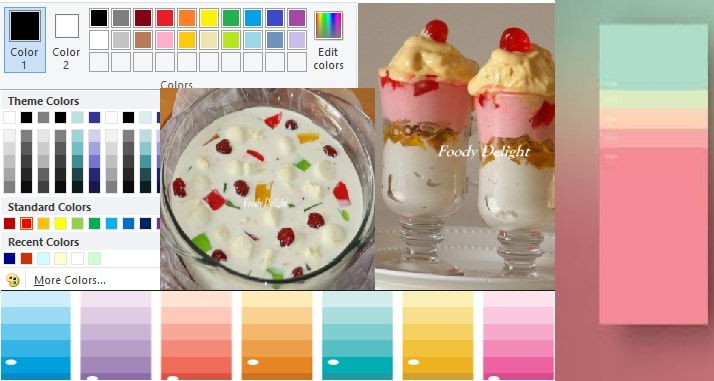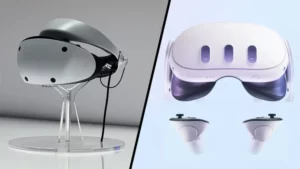Well as a food blogger, one of the key Design Info that matters to us is the food presentation and coloring. Well along with presentation what excites us the most is the food colors that revitalize the food looks. For instance, if you wish to add some red flowers on a birthday cake, or create a blue bunny on a cupcake or make a blue ocean on the next candy, the process of getting that color is quite a challenging process. In the blog today, I will spend some time on food colors and how different shades can be created from basic three colors. When talking about different colors, i remember the popular Pantone Colour Guide TPG that we had used in the US for a new project while evaluating the Design Info with a client.
Well as exciting are the food colors, the different options to make those food color are much more exciting. For starters do remembers that there are many other color options beyond the three key colors (blue, red, and yellow) and making different food colorings can be a fun and easy way to add some delight to your food plate.
Juices from daily eatable fruits and vegetables (beets, pomegranate and many more) and spices (cinnamon, turmeric etc.) can create beautiful, natural colors for your food.
- For example, a small amount of cinnamon can add a deep brown color whereas as beet powder can allow you get a nice deep red color
You normally mix the key colors together to get subordinate colors, and then mix the subordinate colors together to get further more colors.
Let’s Create New Subordinate colors from key colors
- If you mix the key color (yellow and red), you get a new color orange
- If you mix the key color (red and blue), you get a new color purple
- If you mix the key color (blue and yellow), you get a new color green
Let’s Create New colors by combining Subordinate and key colors
- If you mix the color (yellow and orange), you get a new color shade of yellow-orange
- If you mix the color (red and orange), you get a new color shade of red-orange
- If you mix the color (blue and green), you get a new color shade of blue-green
- If you mix the subordinate color (yellow and green), you get a new color yellow-green
These are sample examples of key and subordinate colors. You can actually play around with tones, shades, and tenors to create much more different types of colors. The limit to create such beautiful colors is very high and you can keep trying doing some different colors in your food. Do try these experiments at home and increase your available pallet of colors while creating the Design Info of the new yummy item you wish to publish on your blog
With different combinations of textures and patterns, I am sure you can your own color studio at home like many Textile Design Studio that is available at many designer shops or online portals. The only difference will be that you can create many of food colors at home in the natural process rather than artificial food dyes, which have been linked to the formation of some dangerous life-threatening diseases by reputed journals and scientists in children’s and adults alike
You would have seen that I talked about Pantone Color Guide TPG in the first paragraph. If you are aware of it, here is the quick information for your benefit
The New Pantone Color Guide for Fashion, Home & Interiors provides Fashion & Home Color guide of 210 new colors. With two separate splits for better usage, the Guide has all colors split into 2 for better usage. This Pantone TPG Colour Guide is widely used in Home Furnishing, Architecture, Textile Color Matching, Furniture and is the best alternative to expensive TCX products.









